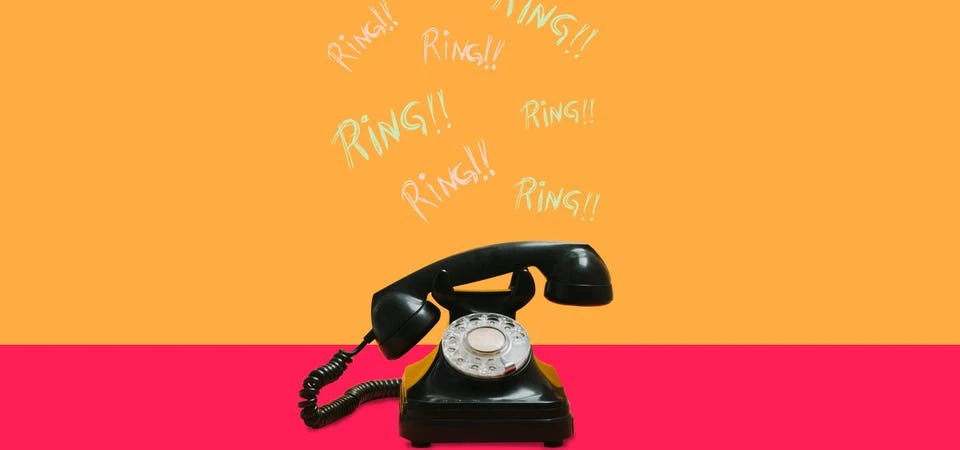A Psychologist Describes A New Phobia On The Rise: ‘Nomophobia’
Have you ever wondered what your life would be like without a smartphone? Some may envision a life of peace without distraction, whereas some may see a life with less convenience and connection. Others, however, may feel terrified of the idea entirely.
Psychological research has uncovered a new fear: “nomophobia”—where individuals become filled with dread, anxiety and panic at the thought of being without their smartphone. To measure the severity of this phobia and its impact on daily life, researchers have developed a test designed to assess and diagnose nomophobia.
Understanding Nomophobia
Contracting the phrase “bile one pho,” defines nomophobia as the fear of being detached from smartphone connectivity. While it is not yet considered a legitimate mental disorder like other specific phobias—such as fears of animals, storms, heights, etc.—nomophobia’s conceptualization is founded on definitions from the Diagnostic Manual of Mental Disorders.
The research outlines that symptoms of nomophobia include many of those seen in other specific phobias, such as anxiety, shaking, sweating, agitation, and breathing difficulties. It was also found that those with low self-esteem and extraversion may be more prone to the overuse of smartphones and therefore more likely to experience nomophobia.
According to one study which aimed to review global statistics on the prevalence of the phobia, approximately 21% of the adult population suffers from severe nomophobia, and around 71% of the population has moderate nomophobia. The researchers revealed that college and university students seem to be the most impacted by the disorder, showing an alarming 25% prevalence.
Challenges of Nomophobia
Dealing with nomophobia can be incredibly challenging, given the ubiquitous role smartphones play in modern life. The constant connectivity they provide has become integral to daily routines, making the mere thought of separation a source of intense anxiety for many.
This phobia not only induces immediate emotional distress but can also contribute to long-term psychological effects that could affect overall well-being. How To Know If You Have “Nomophobia” The need for tools and methods to identify nomophobia is becoming increasingly essential. The prevalence of the phobia suggests a broader societal shift towards technology dependency, raising questions about the potential consequences for mental health.
Diagnosing Nomophobia
As modern problems require modern solutions, a study sought to resolve the newfound need to identify and address nomophobia. Through their research, a questionnaire was developed and validated to diagnose nomophobia. To use this self-report measure, individuals rate each statement on a scale from “strongly disagree” to “strongly agree.”
The questionnaire covers four different fear factors of nomophobia: inability to communicate, loss of connection, inaccessibility to information, and giving up convenience. Recognizing these patterns within oneself could be the first step towards a healthier relationship with technology and a better understanding of one’s own digital habits.
Conclusion and Recommendations
Identifying and addressing nomophobia is crucial—not only for our mental health but also for society at large. Understanding the intricacies of your relationship with technology can empower you to make informed decisions and, if necessary, seek support in managing nomophobia.
In a world where constant connectivity has become the norm, taking the time to evaluate the impact of this dependence can be a crucial aspect of maintaining your mental well-being.
Source: forbes








No Comments